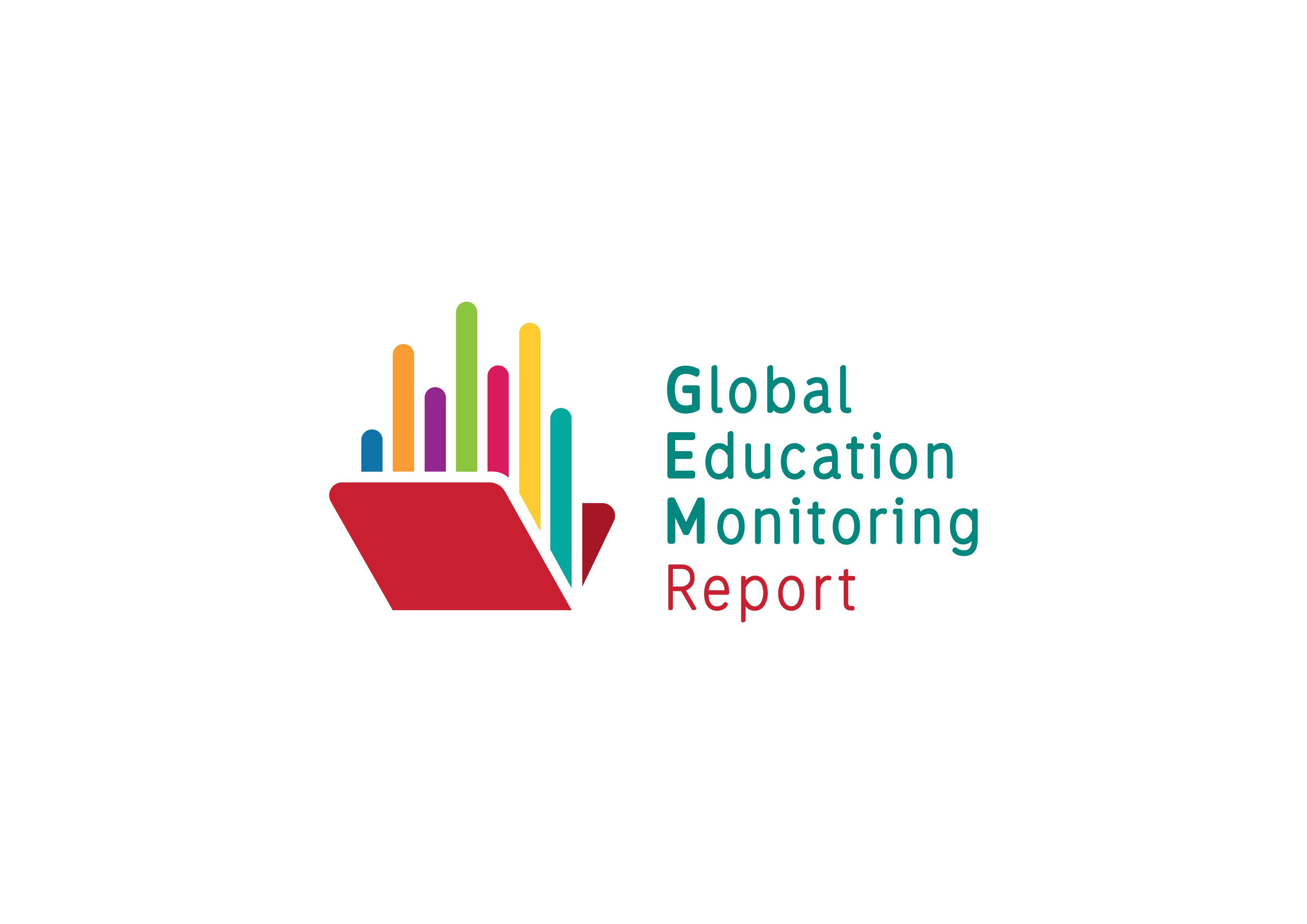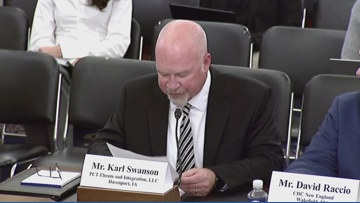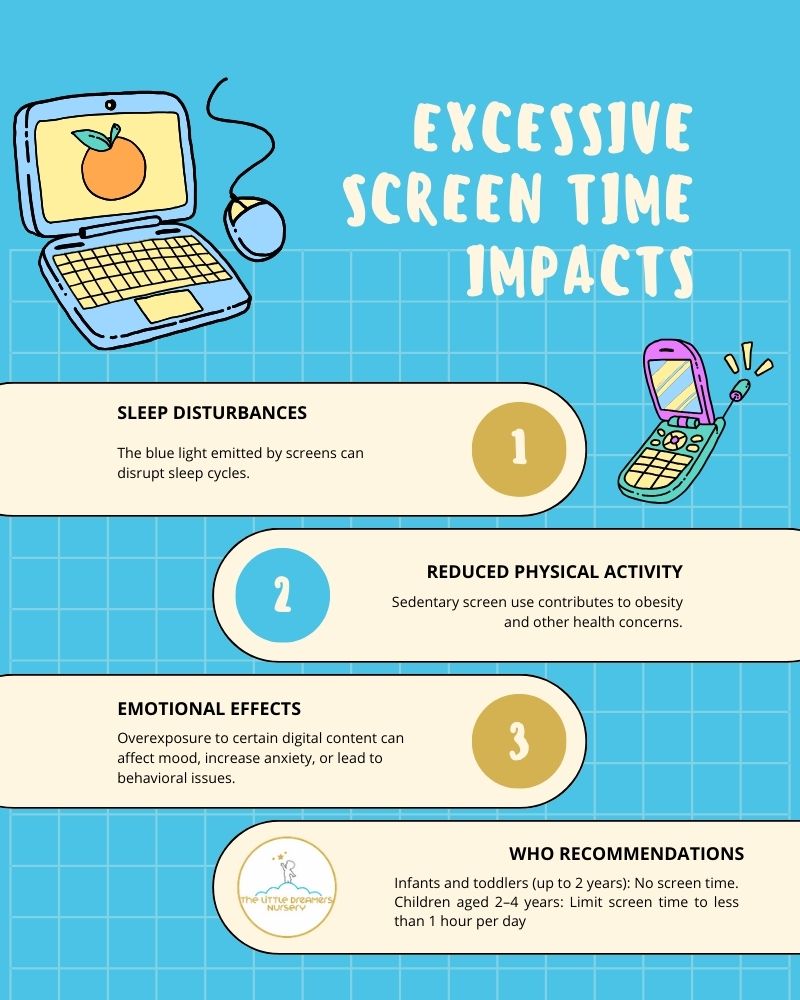Report on Rwanda’s Educational Transformation and Alignment with Sustainable Development Goals
1.0 National Context: Post-Conflict Recovery and Strategic Vision
Following the 1994 Genocide against the Tutsi, which resulted in over one million deaths and the classification of Rwanda as a failed state, the nation has demonstrated a significant transition from an emergency to a development phase. This recovery aligns with the principles of Sustainable Development Goal 16 (Peace, Justice and Strong Institutions). The country’s strategic direction was initially guided by Vision 2020 and is now driven by Vision 2050. This long-term framework explicitly states that Rwanda’s education system will be market-driven and competence-based, positioning education as a critical driver for achieving sustainable national development.
2.0 Education Sector Reforms in Pursuit of SDG 4
Rwanda has undertaken a series of fundamental education reforms and implemented new policies aimed at achieving universal enrolment, enhancing educational quality, and promoting foundational learning. These reforms are directly aligned with the targets of Sustainable Development Goal 4 (Quality Education).
2.1 Key Policy Interventions
- Universal Access to Education: The provision of fee-free basic education is a primary policy aimed at fulfilling SDG Target 4.1, which seeks to ensure that all girls and boys complete free, equitable, and quality primary and secondary education.
- Curriculum and Instruction Modernization: A shift in the language of instruction and the introduction of a competence-based curriculum are designed to improve the relevance and effectiveness of learning outcomes, contributing to SDG Target 4.1 and SDG Target 4.4 (relevant skills for employment).
- Enhancing Equity and Inclusion: Deliberate steps to improve equity in education address SDG Target 4.5, which calls for the elimination of disparities and ensuring equal access to all levels of education for vulnerable populations.
- Infrastructure Development: The expansion of educational infrastructure is critical for achieving SDG Target 4.a, which focuses on building and upgrading education facilities to provide safe, inclusive, and effective learning environments for all.
- Comprehensive Assessment Systems: The implementation of a robust assessment system allows for the systematic measurement of learning proficiency, enabling the country to monitor progress towards its national benchmarks and the targets of SDG 4.
3.0 Monitoring, Evaluation, and Partnerships
The “Spotlight on Rwanda” report, developed as a collaborative effort, serves as a key tool for monitoring the nation’s progress. This initiative exemplifies the importance of SDG 17 (Partnerships for the Goals), having been produced in partnership with the Association for the Development of Education in Africa (ADEA), the GEM Report, and the Rwandan Ministry of Education.
This country-level analysis contributed to the continental report, “Born to Learn,” which synthesizes evidence on completion rates and learning proficiency across Africa. The findings inform critical debates on establishing national benchmarks for SDG 4 and the Continental Education Strategy for Africa (CESA), thereby linking national efforts to broader regional and global development agendas.
1. Which SDGs are addressed or connected to the issues highlighted in the article?
The article primarily addresses issues related to the following Sustainable Development Goals:
-
SDG 4: Quality Education
This is the central theme of the article. The text explicitly discusses Rwanda’s efforts to reform its education system. It mentions key policy changes aimed at achieving educational goals, such as implementing “fee-free basic education,” ensuring “universal enrolment,” improving “quality,” and promoting the “acquisition of foundational learning.” The entire article revolves around the country’s strategies, like Vision 2020 and Vision 2050, which prioritize education as a driver for development.
-
SDG 16: Peace, Justice and Strong Institutions
The article provides context by stating that these educational reforms are taking place after the “1994 Genocide against the Tutsi,” which led to Rwanda being considered a “failed state.” The country’s successful transition from an “emergency phase into a development phase” highlights the process of rebuilding institutions, establishing stability, and fostering long-term development, which are core principles of SDG 16. The education reform itself is a function of a strong and visionary government institution (the Ministry of Education) working towards a national development plan.
2. What specific targets under those SDGs can be identified based on the article’s content?
Based on the article, the following specific targets can be identified:
-
Target 4.1: Free Primary and Secondary Education
This target aims to “ensure that all girls and boys complete free, equitable and quality primary and secondary education leading to relevant and effective learning outcomes.” The article directly supports this by mentioning Rwanda’s key reforms, including providing “fee-free basic education” and implementing policies aimed at ensuring “universal enrolment.” The focus on a “competence-based curriculum” and the “acquisition of foundational learning” also aligns with the goal of achieving effective learning outcomes.
-
Target 4.5: Eliminate all discrimination in education
This target seeks to “eliminate gender disparities in education and ensure equal access to all levels of education and vocational training for the vulnerable.” The article points to this target by stating that Rwanda is “taking steps to improve equity” within its education system.
-
Target 4.a: Build and upgrade inclusive and safe schools
This target is to “build and upgrade education facilities that are child, disability and gender sensitive and provide safe, non-violent, inclusive and effective learning environments for all.” The article implies this target through its mention of reforms that include “expanding infrastructure.”
-
Target 16.1: Reduce all forms of violence
While not a direct focus, the article’s entire premise is built on Rwanda’s recovery from the “1994 Genocide against the Tutsi.” The country’s move from a post-conflict “emergency phase” to a stable “development phase” signifies significant progress in reducing violence and building a peaceful society, which is the essence of this target.
3. Are there any indicators mentioned or implied in the article that can be used to measure progress towards the identified targets?
Yes, the article explicitly and implicitly mentions indicators for measuring progress:
-
Indicator 4.1.1: Proportion of children and young people achieving at least a minimum proficiency level in reading and mathematics
The article directly refers to this indicator. It mentions that the Spotlight on Rwanda report fed into the continental report, “Born to Learn,” which “synthesizes evidence on completion rates and levels of minimum learning proficiency in Africa.” This shows that “levels of minimum learning proficiency” is a key metric being used to assess the quality of education. The implementation of a “comprehensive assessment system” is the mechanism used to gather data for this indicator.
-
Indicator related to completion and enrolment rates
The article’s mention of the goal of “universal enrolment” implies that enrolment rates are a key indicator of progress. Furthermore, the reference to the “Born to Learn” report synthesizing evidence on “completion rates” confirms that this is another critical indicator used to measure the effectiveness of the education system in retaining students through basic education, directly measuring progress towards Target 4.1.
4. Create a table with three columns titled ‘SDGs, Targets and Indicators” to present the findings from analyzing the article.
| SDGs | Targets | Indicators |
|---|---|---|
| SDG 4: Quality Education |
Target 4.1: Ensure free, equitable, and quality primary and secondary education.
Target 4.5: Eliminate disparities and ensure equal access to education. Target 4.a: Build and upgrade inclusive and effective learning environments. |
Indicator 4.1.1: Levels of minimum learning proficiency. (Explicitly mentioned in the context of the “Born to Learn” report).
Completion rates: (Explicitly mentioned as evidence synthesized in the “Born to Learn” report). Enrolment rates: (Implied by the goal of “universal enrolment”). |
| SDG 16: Peace, Justice and Strong Institutions | Target 16.1: Significantly reduce all forms of violence. | The country’s transition from an “emergency phase” to a “development phase” post-genocide serves as a qualitative indicator of progress toward peace and stability. |
Source: unesco.org







